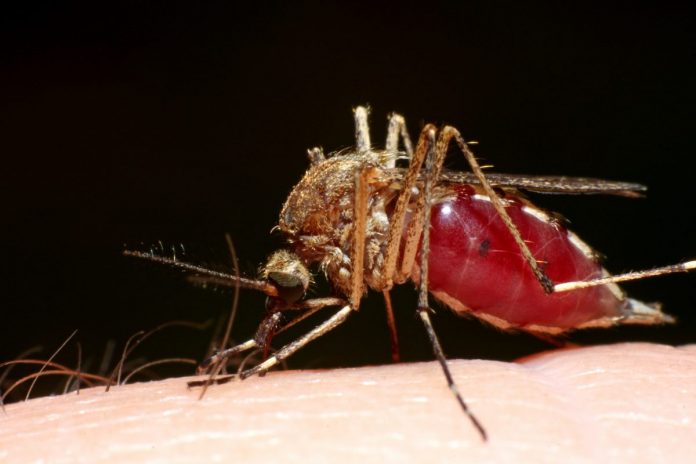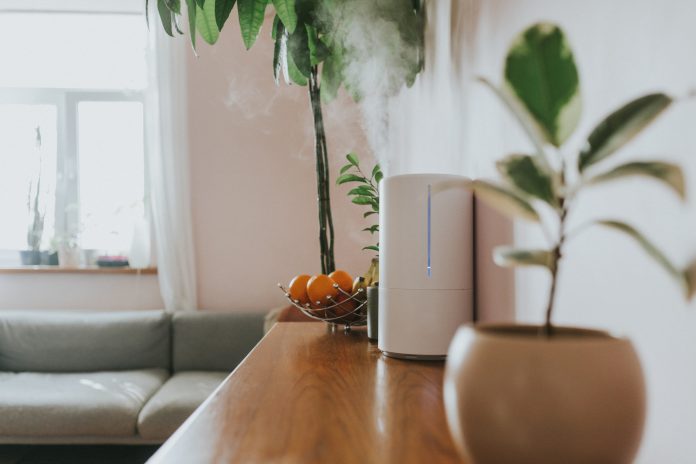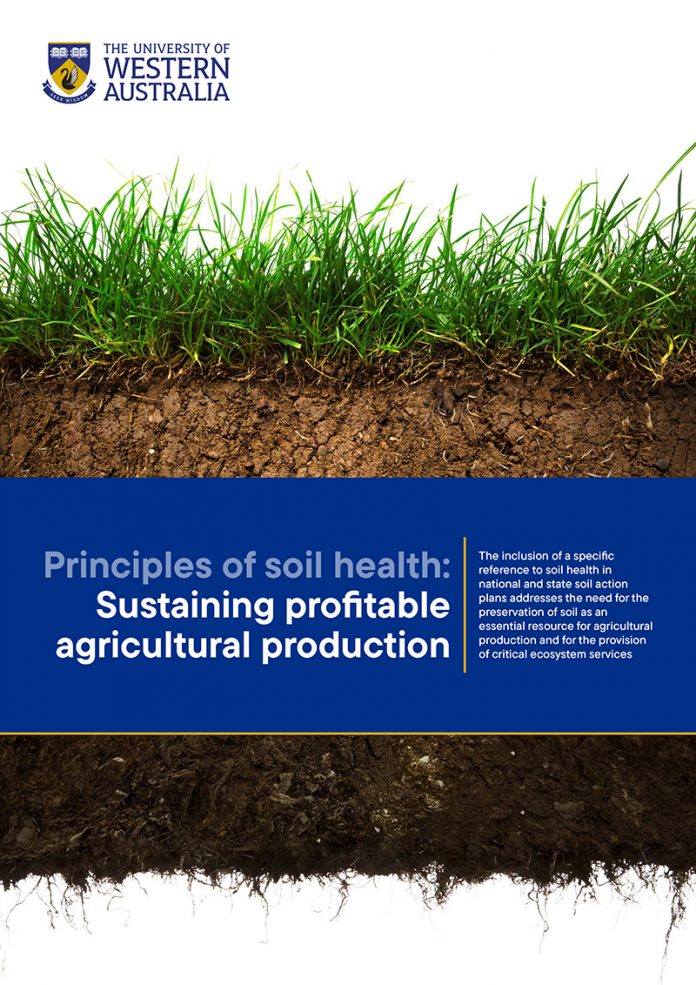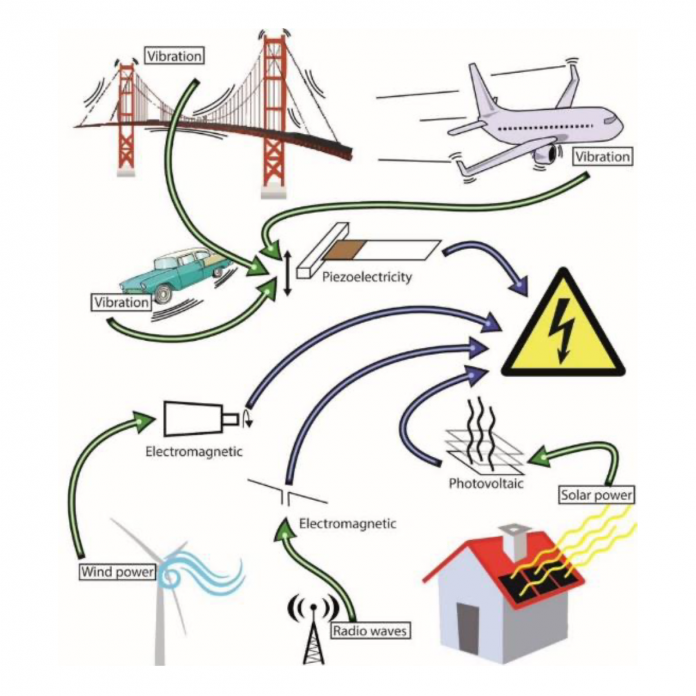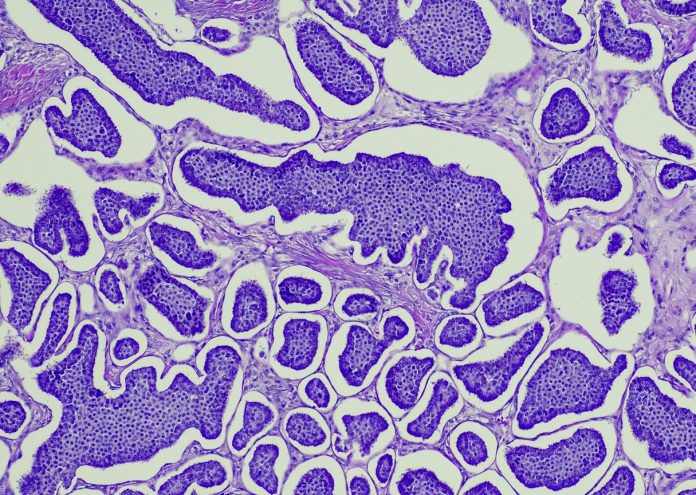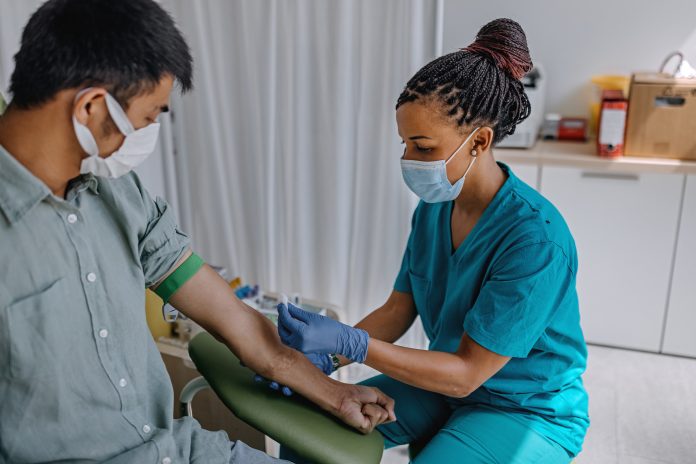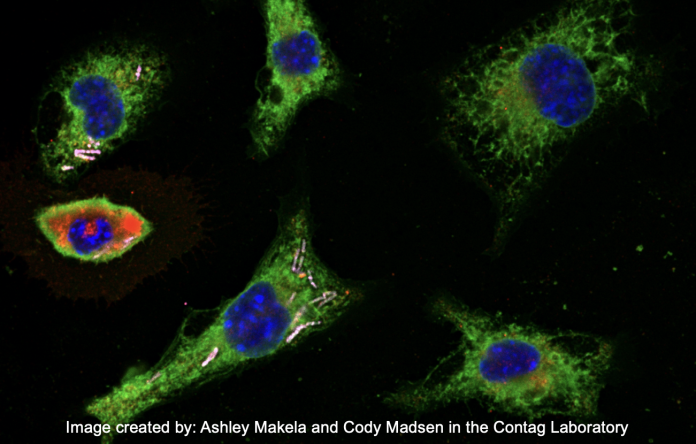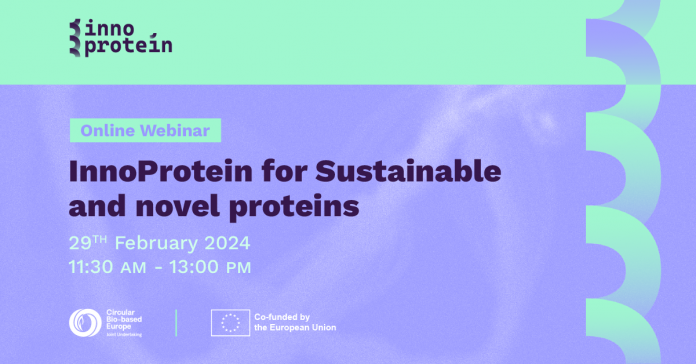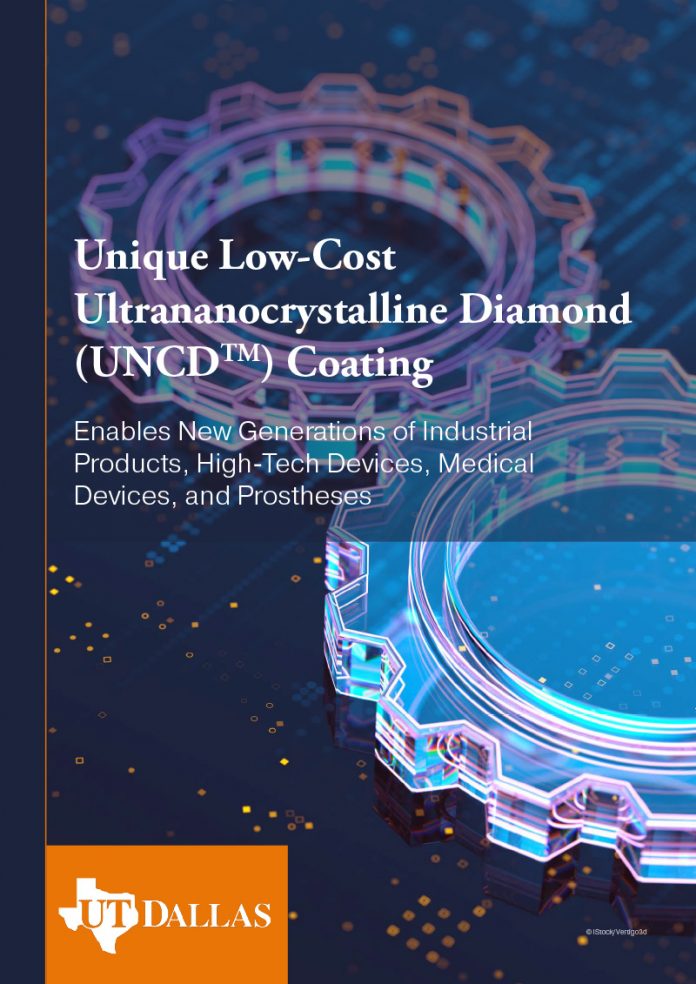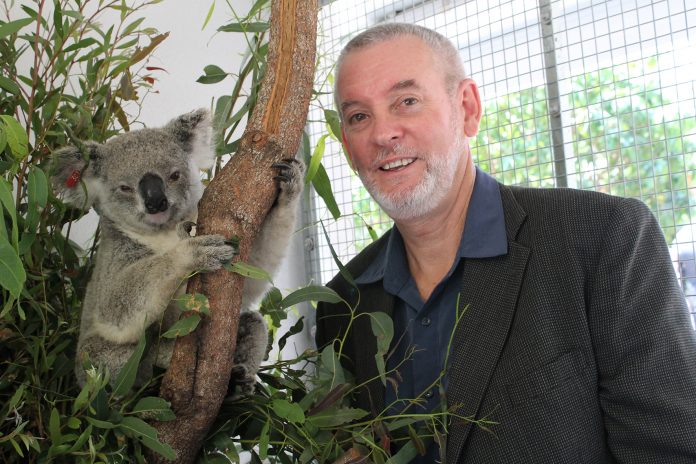Home Search
Bacteria - search results
If you're not happy with the results, please do another search
Gut bacteria can fight against malaria
Researchers have discovered that friendly bacteria that lives in the human gut can trigger a natural immune response to fight against malaria.
Sugary proteins that live on the surface of some healthy gut bacteria have been found to trigger an immune response against the malaria parasite.
The research, which was published...
How to combat poor indoor air quality (IQA) while also saving energy
Recent heat pump developments have made it possible to tackle the issue of poor indoor air quality without sacrificing energy efficiency.
Manchester researchers secure ERC Grants for ground-breaking scientific projects
Seven Manchester researchers have been awarded prestigious European Research Council (ERC) advanced grants for ambitious, curiosity-driven scientific projects in an effort to support scientific breakthroughs.
Principles of Soil Health: Sustaining profitable agricultural production
The inclusion of a specific reference to soil health in national and state soil action plans addresses the need for the preservation of soil as an essential resource for agricultural production and for the provision of critical ecosystem services.
Why do we sweat?
Humans possess 2-4 million sweat glands and these produce 2-4 L of sweat per day. During exercise, sweating can increase to 3-4 L per hour. But despite sweating being such a common bodily function, many of us know little about it.
Energy harvesting for unlimited lifetime systems
The Internet of Things (IoT) and services, wireless sensor networks (WSNs), trillions of sensors, Industry 4.0, and digitalisation – all these are hungry for data, and their common challenge is energy.
Are nanotextures enough to kill cancer cells?
Nanotextures on nanoparticles and implants to kill cancer cells in a more targeted manner may just be the key to tackling resistance to traditional cancer drugs.
Electric-field nanobubbles: Re-engineering water treatment
Niall J. English, from the University College Dublin, School of Chemical and Bioprocess Engineering, discusses electric-field generated nanobubbles, including re-engineering water treatment – and beyond.
Championing Safety: The Thermoguard Difference
As a leader in fire protective coatings, Thermoguard stands at the forefront of safety innovation.
Soil health: A role for arbuscular mycorrhizas
Lynette Abbott from The University of Western Australia, focuses on soil health again, this time examining the role of arbuscular mycorrhizas.
Why giving blood is one of the best things you can ever do?
Ever thought about giving blood? Around 2.5 million litres of blood are transfused annually in the UK, but do we know about giving blood? Is it safe? What happens when you donate? Are there any risks? Here is all the information you need
Building global health with lego vaccines
Prof Tuck Seng Wong and Dr Kang Lan Tee from the University of Sheffield, explain building global health with LEGO vaccines.
Engineered endosymbionts as novel cancer therapeutics
Satyajit Hari Kulkarni and Christopher H. Contag from the Institute for Quantitative Health Science and Engineering focus on engineered endosymbionts, which they argue is a paradigm shift in anticancer bacteriotherapy toward killing tumors from the inside out.
Ultrananocrystalline diamond coating (UNCD™): Revolutionizing surface engineering
Unique, low-cost ultrananocrystalline diamond (UNCD™) coating is facilitating new generations of industrial products, high-tech devices, medical devices, and prostheses.
Appreciating biodiversity science: Why biodiversity should be a big science
Professor F. Guillaume Blanchet from Université de Sherbrooke posits the importance of treating biodiversity science as a big science to reach the goals set during the COP15 on biodiversity.
Understanding and supporting neurological conditions among the incarcerated
Samuel Han and Audrey Nath discuss neurological conditions among the incarcerated, who they argue are a medically underserved population.
The urgent need for alternative proteins: InnoProtein brings solutions to the table
On February 29th at 11:30 AM CET, the InnoProtein project will host its inaugural webinar to explore the world of alternative proteins.
Unique Low-Cost Ultrananocrystalline Diamond Coating
Unique Low-Cost Ultrananocrystalline Diamond (UNCD™) Coating, enables New Generations of Industrial Products, High-Tech Devices, Medical Devices, and Prostheses.
The future of dentistry: Exploring the latest advancements in dental imaging
Advancements in dental imaging over the past two decades have been remarkable, such as cross-polarization OCT; Yihua Zhu and his team at the University of California, San Francisco, have been investigating different diagnostic imaging methods.
Navigating koala conservation challenges with advanced tech and game-changing vaccine research
Discover the intricate tale of koala survival, from habitat struggles to the rise of Chlamydia vaccines, in this exclusive interview with Professor Peter Timms from The University of Sunshine Coast, Australia.


